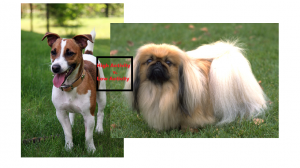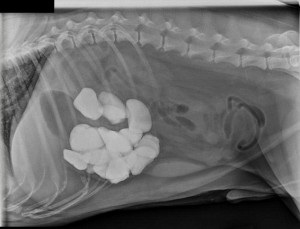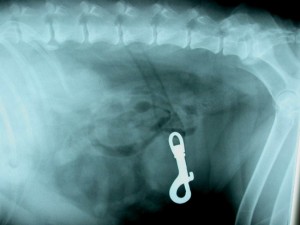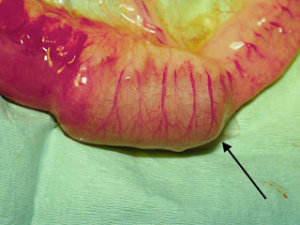High Activity v Low Activity Breeds
People have a perception that the smaller their property the smaller the dog they should have. To a certain extent this is true, one would definitely not recommend that someone living in a small complex should ever get a Rhodesian Ridgeback or a Labrador, however amongst all breeds there are dogs with high activity versus low activity needs.
For example, a Jack Russell Terrier is a small breed that is not suited to live on a very small property, or indoors. Jack Russells have very high activity needs as a breed, and not having enough exercise will result in these dogs developing all sorts of behavioral problems, ranging from destructive behavior to aggression. Other small breeds which are high activity include most of the terriers; Foxies, Parsons and Border Terriers included.
Small dogs with lower activity needs include Yorkies, Maltese Poodles, Bichon Frise, Miniature Daschunds and Pekingnese. Don’t forget that these dogs also need to be walked and exercised but to a lesser extent than their high activity counterparts.
Some of the highest activity breeds regardless of size include; Border Collies, German and English Pointers, Belgian Shephards, Australian Shepherds, Australian Cattle Dogs, Spaniels, Dalmations, Weimaraners and Airedale Terriers.
It would be a very bad idea to get any of these dogs unless one can put the intensive time and energy into training and exercising them.

Posted in: Uncategorized
Leave a Comment (0) →


